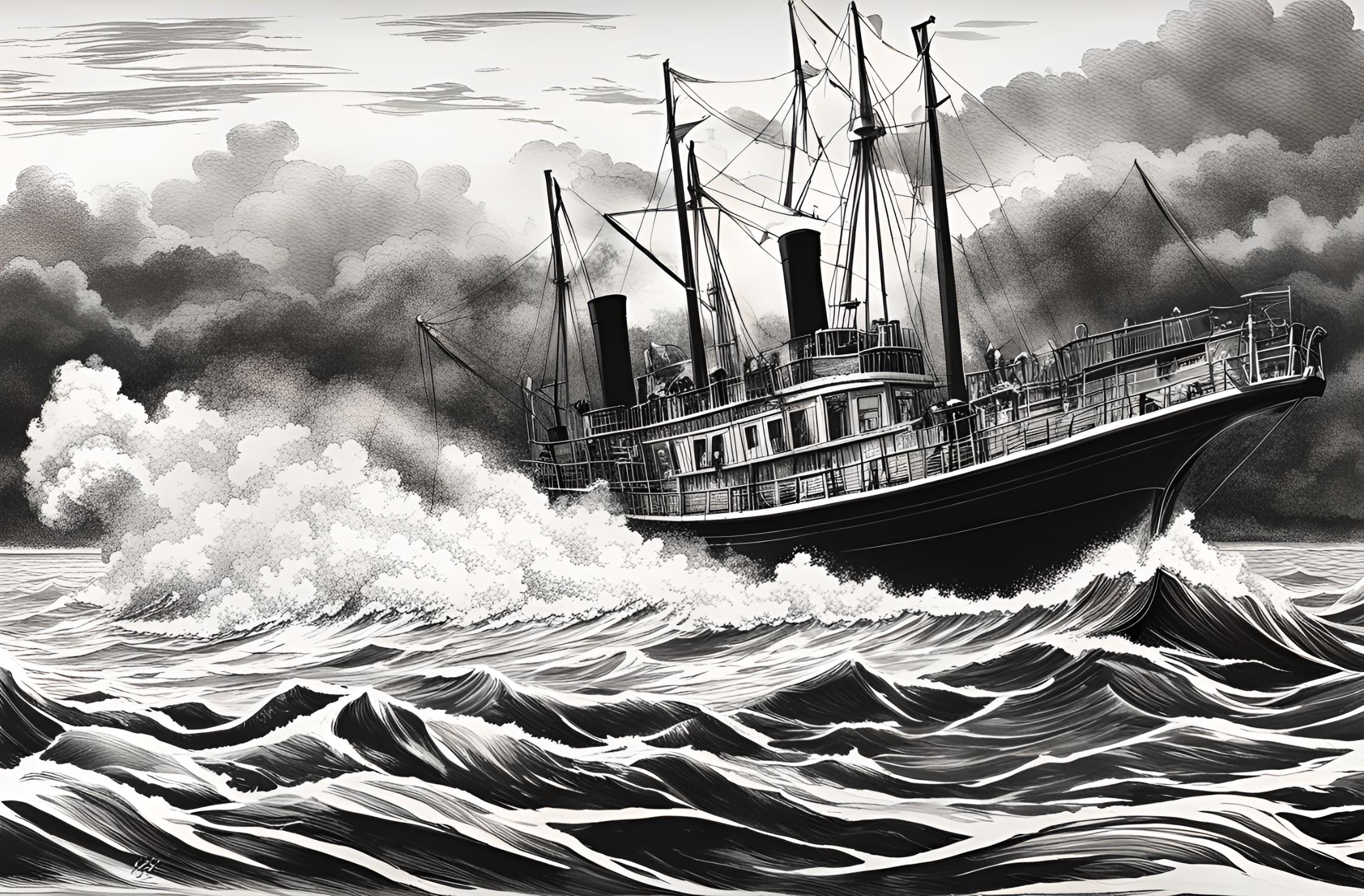Flashback to October 9
American History

August 6, 1890, marked a turning point in the use of capital punishment in the United States as Auburn Prison in New York became the site of the first execution by electric chair. The infamous subject of this historical event was none other than the convicted murderer, William Kemmler. This grisly event related to capital punishment, a cause for continual controversy and amending laws, hints at a darker chapter of our justice enforcement narrative, making it a subject of interest among historians, legal experts, and those curious about the evolution of law enforcement methods.
Even though the events occurred in the late 19th century, Auburn Prison and William Kemmler continue to be at the center of discussions on capital punishment, particularly those focusing on the evolution of execution methods. The method used, the electric chair, was a novel invention at the time, billed as a more humane method than hanging, the most prevalent practice up until then. Yet, as evident from public and legal reactions following the execution, it quickly became a contentious issue.
The name “William Kemmler” holds a place of doomed prestige in history, as the man condemned to be the first subject of execution using this new method. Found guilty of murdering his common-law wife with a hatchet in a drunken rage, his case was marked by intense media coverage and public interest. Today, it remains a pivotal point, often revisited in debates on the emendation of capital punishment laws and the quest for more humane execution methods.
Interestingly, Kemmler’s case boosted a surge of unprecedented interest in Auburn Prison. Located in the town of Auburn in New York, the prison got thrust into limelight due to this particular event. Erected in 1816, Auburn Prison was one of the oldest prisons in the United States at the time of Kemmler’s execution. However, its fame, or infamy depending on perspective, was tied to being the first institution to administer an execution by electric chair.
As one delves into the specifics, it becomes clear that the execution method choosen, the electric chair, was particularly significant. Billed as a progressive step towards a more civilized penal process, it replaced the previously standard, relatively crude choice of hanging. Referred to as “electrocution,” this new method used electrical currents to cause rapid unconsciousness and consequent death. Promoted as a quick and painless dispensation of justice, its inaugural implementation did not go as smoothly as anticipated.
William Kemmler’s execution with the electric chair at Auburn Prison added a new and somewhat controversial dimension to the broader narrative of capital punishment. Many viewed it as a gross show of brutality, condemning the method as inhumane. Others perceived it as a necessary evolution in a society seeking justice proportionate to the severity of the crime committed.
The echo of this historical event reverberates even today, continually shaping the debate around capital punishment and implementation methods. Penal institutions, legal practitioners, and human rights advocates often refer back to this case when discussing the morality, legality, and humanity of such practices.
In the grand lexicon of criminal justice history, the story of William Kemmler at Auburn Prison carries a grave and potent message: the quest for an equitable, humane penal system is an ongoing endeavor, fraught with controversial points and turning tides.
We strive for accuracy. If you see something that doesn't look right, click here to contact us!
Sponsored Content

Steamboat “Home” sinks off…
Tragedy struck Okracoke, North…

General Motors Corp share…
On October 9, 2008,…

In the USA, the…
Experience history firsthand as…

Father Francisco Palou founds…
"Father Francisco Palou made…

